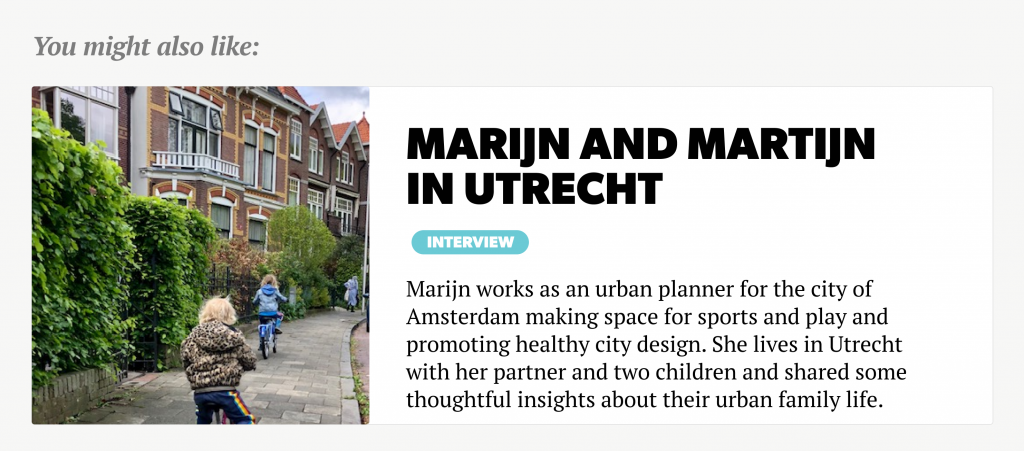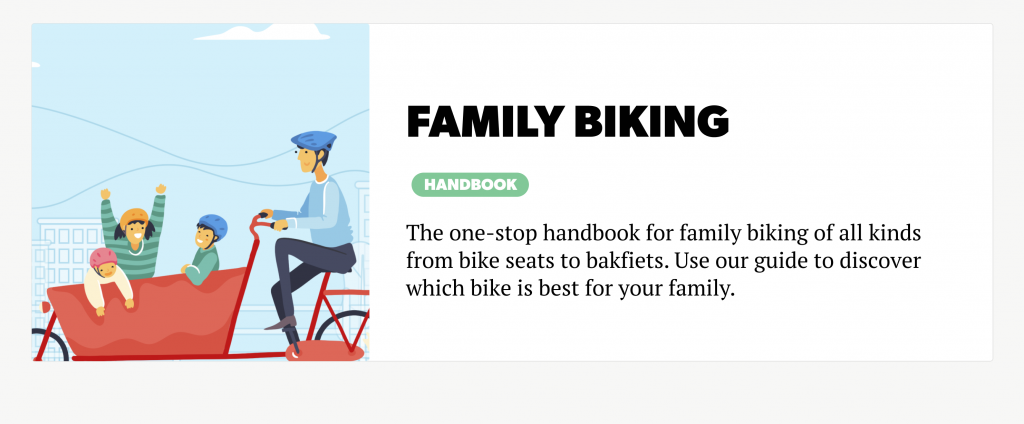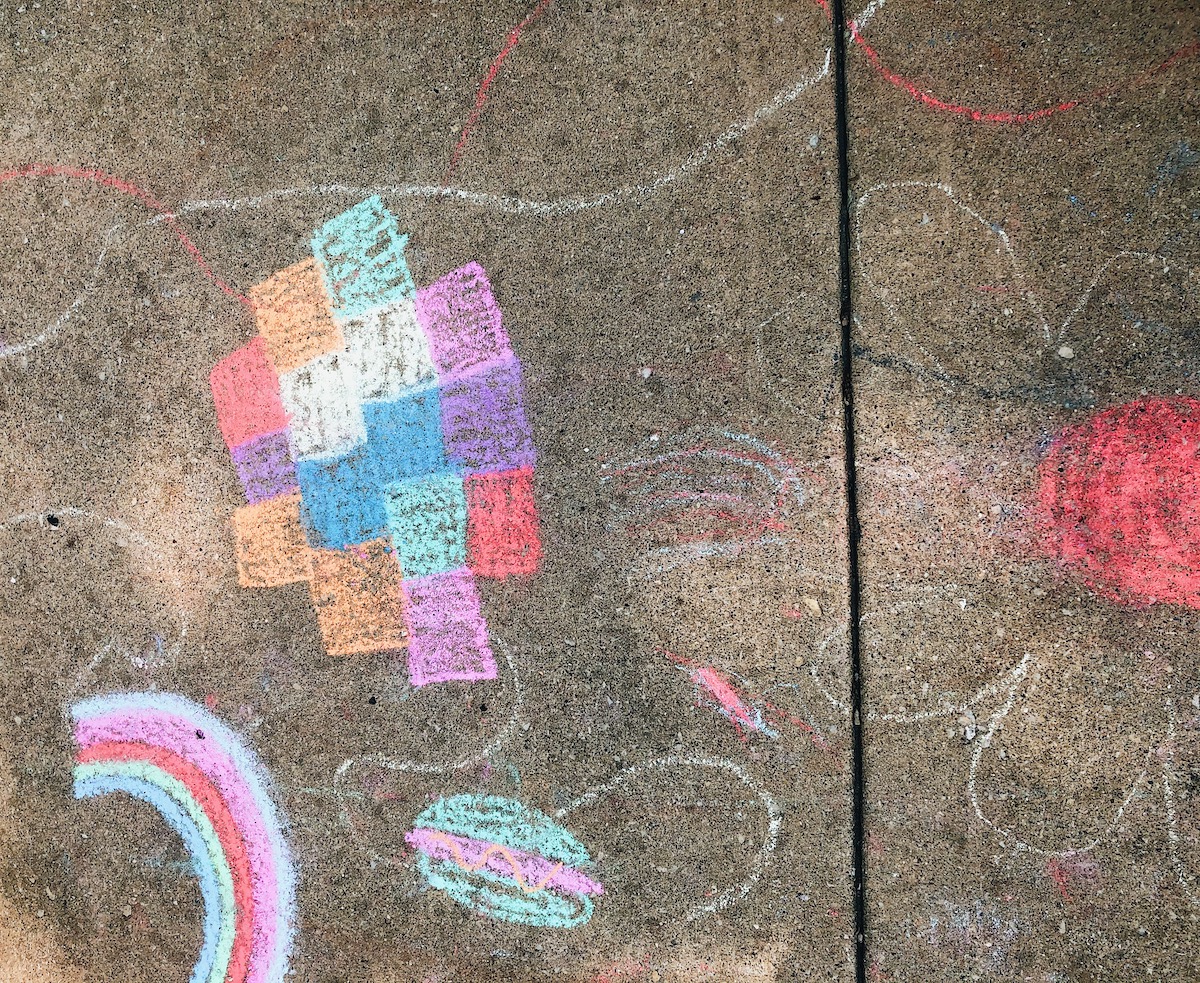
The days during lockdown reminded me of my own childhood. There was more or less no planned activities, no places to go, no pressure, no stress and lots of outdoor play in the neighborhood. I love a good playground, but I might like neighborhood play even better.
In an attempt to hold on to those free play vibes we experienced and to give boost neighborhood play everywhere, I started a Neighborhood Play Challenge! Here are my tips for how to make space for play in your own neighborhood.
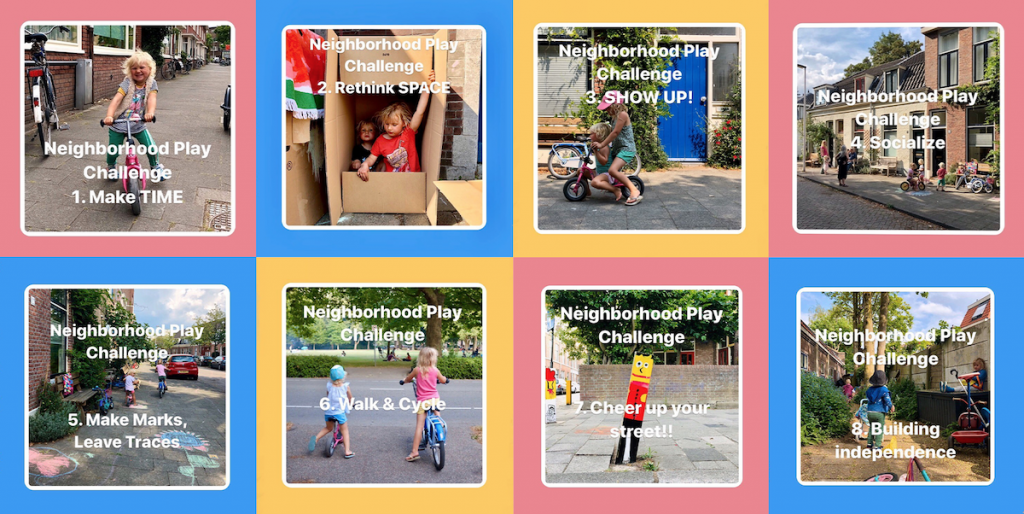
1. Make Time
To give neighborhood play a chance the first thing you need is TIME. In today’s (pre-corona) western world most kids lives are busy and heavily structured with school, after school activities and lots of homework. For many kids play is something for the spare moments, which is really sad! To get into a play-flow, kids (and adults) need time.
During the lockdown kids have had plenty of time. No school, no soccer training, no ballet class, no Chinese lessons, no play dates, no birthday parties, no visits to grandma, no trips with mam or dad to the coffee shop, no museums to visit, no new playgrounds to check out—you get the point. Kids lives can be so busy!
Rethink time and prioritize free, unstructured play! Can you devote big chunks of time to ‘just’ play? Time without a plan or structured activity coming from you or another adult?
2. Rethink Space
What is your neighborhood like? Is it calm, busy, vibrant, boring, dense, or spacious? If you live in an urban place, there should be some sort of collective or public space around your house somewhere. It could be the sidewalk, an apartment courtyard, a nearby square, the street, or a patch of grass. Look for these spaces and try to use them as a place for play and hanging out. These places are probably not designed for play, and that is fine. The space itself doesn’t have to be fun; the kids playing there will make it fun!

In our case, the sidewalk and a dead end shabby alley have proven to be great places for play. Are there any places/spaces around your house that are already used or could be used for play?
3. Show Up
As Woody Allen said, 80 percent of life is showing up. Spending a lot of time outside playing in the neighborhood means there is a big chance other kids will join in. And that’s what you need! By spending time in the neighborhood and by allowing your kids to play in public spaces, you’ll show others that streets belong to kids just as much as they belong to anyone else.
So, get out there! Show up! Even if you have a backyard, go out in front and use public space. Be visible. Give your kids the chance to meet others.
If possible, place a chair or bench in front of your home, take a seat, give your kids some sidewalk chalk and see what happens.
4. Socialize
Knowing the people who live around you is key for neighborhood play. You don’t have to become best friends with all of your neighbors—small talk goes a long way! It takes no time to socialize but is really impactful. Familiarity is a powerful thing. We humans (both grownups and kids) feel more comfortable when we see familiar faces around us. And we—again both grownups and kids—need to feel comfortable so we can make neighborhood play happen.
So, always say Hi and chat about whatever. Get to know the adults and the kids! And involve your children when socializing.
The bench in front of our house works so well for us. From the day we placed it there in front of our home, on the sidewalk, we have spent more time there. We talk to our neighbors more often and see more outside play happening.
Another thing that works is having a WhatsApp or other messaging group. It’s very practical stuff—nothing crazy. The messaging app is an easy way to ask questions, get things done, share stuff, and more. Those things build community.
Last but not least, host a street or block party! We might have to wait until a coronavirus vaccine is developed for that one, but keep it on your to do list.
5. Make Marks, Leave Traces
I like to leave our kids’ bikes and scooters in front of the house for two reasons. First, we don’t have space for those items inside our house and second, is that it demonstrates that kids are living here! And they like to play! Right here!
I like sidewalk chalk for the same reasons. Chalk paintings on the sidewalk show everybody who passes by that this is a place where kids play.
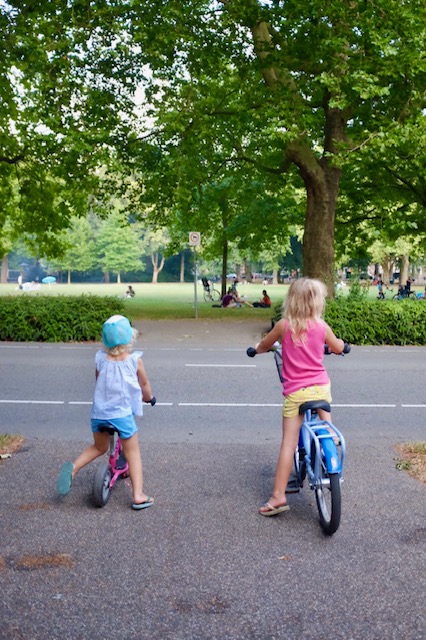
6. Walk & Cycle
Walking and cycling are good for loads of reasons (physical health, mental health, reduce carbon emission, etc.) but also in relation to neighborhood play!
Whenever possible, choose to move slowly. Walk and cycle with your children in your neighborhood as much as you can.
Every car trip you can swap for a bike ride or walk, maybe in combination with public transport, will contribute to your kids knowledge and understanding of their surroundings. If you want them to be able to play outside independently someday, knowing the neighborhood and knowing road safety is key.
Help them navigate the streets, teach road safety, and identify safe routes to nearby destinations like friends houses or shops. Go for walks around the block together. Take time and follow their leads. You’ll be surprised by the many play opportunities they will find.
7. Cheer Up Your Street
Don’t we all like attractive, interesting, and welcoming places? Kids like happy places as well. Cheer up your street to create a happier and more playful neighborhood. Here are some ideas great to do with your kids.
1. Add greenery! Wherever possible. Place pots on the sidewalk with plants and flowers. Make DIY seed bombs and transform boring spots into a sea of color. Become a guerilla gardener. Turn small pockets of land and unused or under-utilized space into little green urban oases. Looking for inspiration? Google Ron Finley.
2. Add color! Plant sunflowers. Display artwork in front of your window (remember the rainbows popping up during lockdown? Why not turn your window into an ever changing gallery?). I’m also a big fan of street art. I guess I can’t advise you to pick up a spray can and freshen up your surroundings just like that, but you could try to initiate a collaboration between local artists and the city to brighten up some boring grey walls.
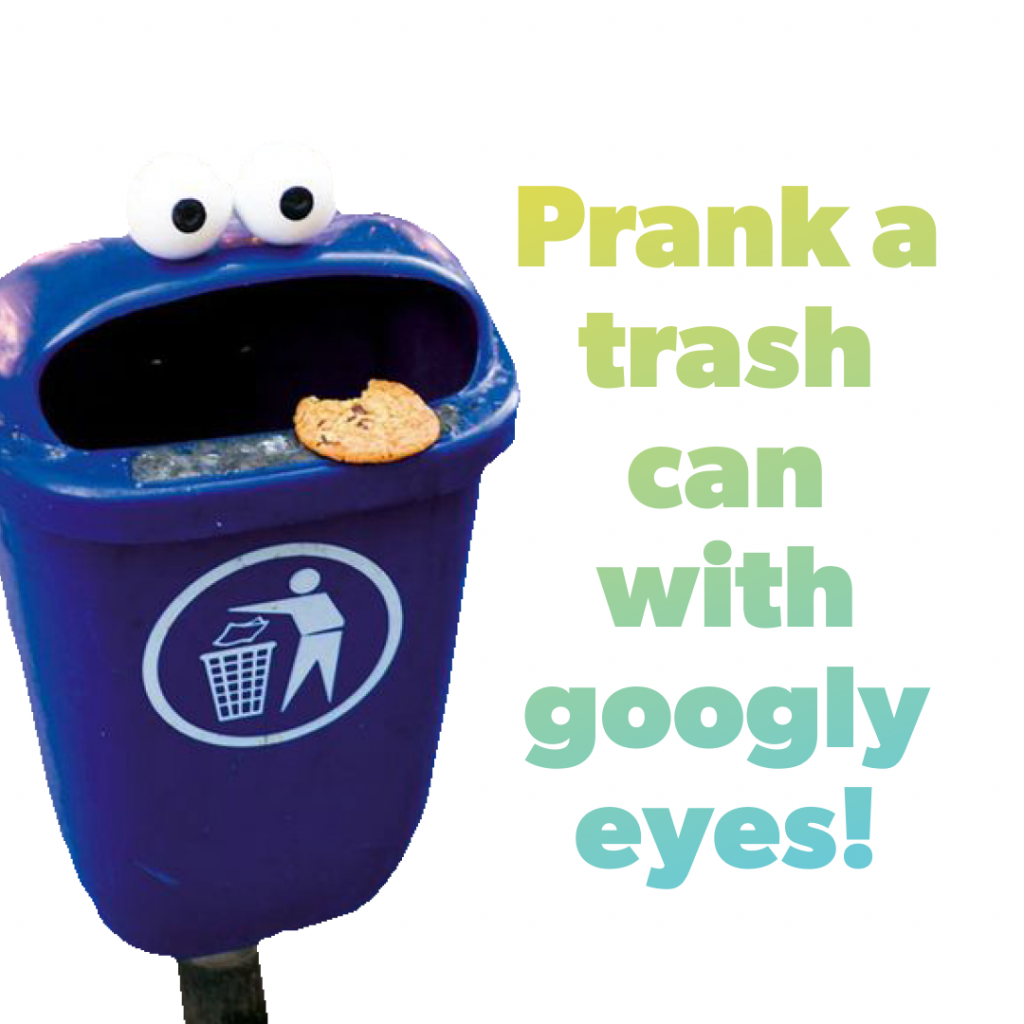
3. Add seating. Place a bench or chair in front of or near your house and transform public space into a meeting place. A place to socialize, watch the world go by, read a book, or keep an eye on your kids while they play and you have your coffee.
4. Add googly eyes! What? Yes, it’s called eye-bombing and it’s a thing! Get a bunch of googly eyes, place them on objects in public space and turn ordinary things into animated, funny creatures!
8. Build Independence
Neighborhood play is great. Independent neighborhood play is ace. Why? With independent outdoor play kids get the opportunity to experience freedom. They can do what they want to do, take ownership, think for themselves, entertain themselves, tinker and create, solve problems, keep a game going, and have a lot of fun! Think about your best childhood memories for a moment. Do these involve grownups? Probably not!
People sometimes ask me what I believe is an appropriate age for kids to play out in the street independently. This depends on where you live (safety, traffic, quality of public space, etc.), your kids abilities, and your own perception and mindset about independent outdoor play.
I think the important thing here is to make a conscious decision about the freedom you want your children to have, now and in the following years. With that decision you can make the next decision on how you will build up their independence.
Growing independence takes time; it needs guidance and practice. It’s not suddenly possible. My advice would be to start playing out in the neighborhood when your children are young and join them! Invest time in it. You can step back a little when you know they are capable enough.
These challenges and thoughts about neighborhood play can all be seen as small steps towards independent outdoor play. You can do these things together: make time, rethink space, show up, socialize, make marks, leave traces, walk, cycle and cheer up your street!
And before you know it, they will be ready to go on their own. That’s a win win win! Their childhood will be more adventurous. They will learn a ton of life skills. And we parents will have more time to do the things you want and need to do. Win win win.
Post your photos of neighborhood play online using Marijn’s hashtag #neighborhoodplay. For more, follow Marijn on Instagram and read our interview of their city life in Utrecht.
